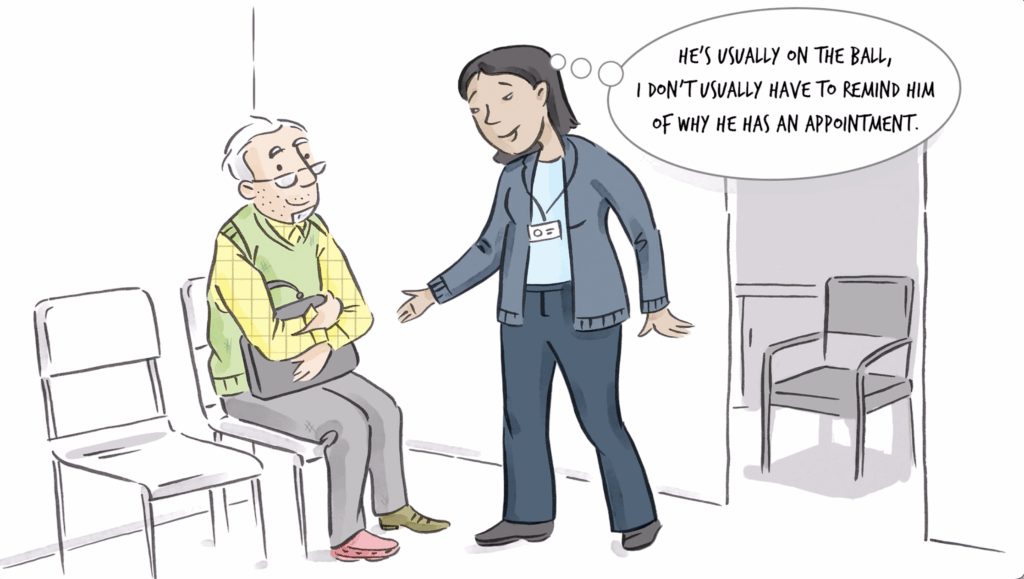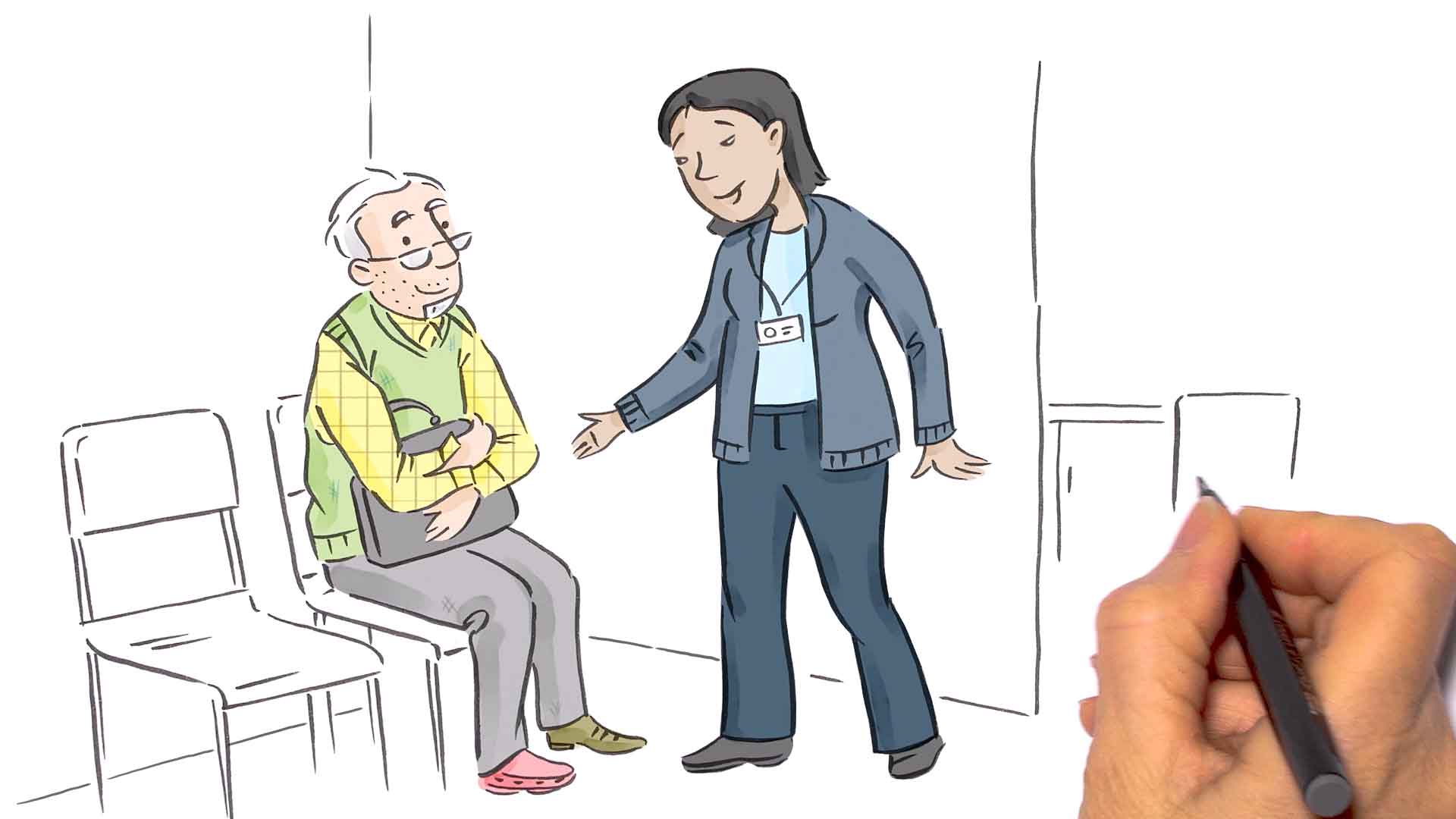Every now and then, a project comes along that reminds us why visual storytelling matters so much. This is one of those moments.
We’re celebrating the publication of a research project in a peer-reviewed journal that featured an animated sketch video we co-created with University of Newcastle researcher Caroline Gibson. The study shows how visual storytelling helped turn academic insights on dementia care into practical actions for general practice nurses — the people on the front line of patient support.

A Researcher With a Clear Mission
Caroline Gibson’s PhD research revealed important insights about helping general practice nurses recognise and respond to early changes in people living with dementia. Her goal wasn’t just to write about these findings — she wanted nurses to use them.
But dense reports and long-form papers rarely fit into the busy schedules of primary care professionals. Caroline needed a way to translate her research into something accessible, memorable, and practical.
That’s where we teamed up.
Turning Evidence Into a Visual Storytelling Experience
Instead of producing a traditional “information-heavy” video, we worked with Caroline to create something nurses could instantly connect with: a short, story-driven animation based on a realistic clinic scenario.

The project included:
- A hand-drawn animated explainer
- A poster and checklist for quick reference
- A slide deck to support presentations and training sessions
The goal was simple: make it easy for nurses to recognise the signs, take action, and feel confident doing it.
The video launched at the APNA 2023 Festival, where it received overwhelmingly positive feedback. From there, it made its way into workshops, professional networks across Australia, and is being used in various training programs, including the National Dementia Training Nurse Program with Dementia Training Australia.
What the Research Found About Visual Communication
The newly published study highlights something we’ve seen again and again: visuals can spark meaningful behaviour change.
Nurses who watched the animation reported:
- Increased awareness of behavioural or cognitive changes
- Confidence to follow up with patients if they noticed something new
- Motivation to seek out additional information
In other words, the animation didn’t just “explain” the research — it helped nurses apply it.

Why This Matters for Research and Practice
There’s often a gap between what researchers discover and what practitioners have time to absorb. Visual communication helps close that gap.
This project shows how the right combination of visual narrative and design can:
- Activate research insights
- Make complex ideas intuitive
- Give practitioners tools they’ll actually use
- Improve clarity, confidence, and patient outcomes
It’s a powerful reminder that when researchers and visual communicators collaborate, knowledge doesn’t just get published — it gets practiced.
Celebrating the Impact of Visual Storytelling
We’re incredibly proud of Caroline Gibson and honoured to have been part of her mission to support general practice nurses. Her commitment to making research accessible shows what’s possible when communication is treated as part of the research journey, not just the final step.
And for us, it reinforces why we love to do what we do: to turn complex ideas into engaging visuals that genuinely help people.

